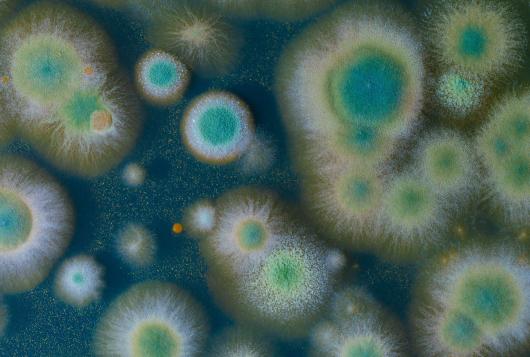The KLEB-GAP project aims to provide new, timely insights into the ecology, antimicrobial resistance (AMR), and pathogenicity of Klebsiella pneumoniae (Kp), a WHO high-priority bacterial pathogen in the fight against AMR. The project runs its simulations on national supercomputer Saga.

First-in-kind approach to explore bacterial pathogen
Using a first-in-kind One Health detection and analysis approach, the KLEB-GAP researchers are exploring the presence, persistence, and transmission of Kp and related AMR within and across human, animal, and environmental reservoirs.
"With the help of the national e-infrastructure resources provided by Sigma2, we aim to extend our knowledge of human and animal Kp-ecology.
We also analyse strain-level Kp-diversity in metagenomes, and disclose gut microbiome composition patterns that may support or exclude Kp-colonization."
Arnfinn Sundsfjord, Professor of Medical Microbiology, UiT
The project will provide a foundation for:
- further development of global surveillance methodology to monitor the flow of Kp and related AMR across sectors.
- the development of whole metagenomic sequencing beyond the state-of-art for diagnostics and surveillance of Kp-clonal lineages involved in AMR dispersion and pathogenicity, and
- pre-clinical efficacy studies of bacteriophages as treatment of colonisation and infection by multidrug-resistant (MDR) Kp.
Benefitting from unique surveillance infrastructure
The project takes advantage of the unique Norwegian human and animal AMR-surveillance infrastructure, the Institute of Marine Research/ Norwegian Food Safety Authority sampling systems in the marine environment, the interdisciplinary AMR One Health Norwegian Kp-network (NOR-KLEB-NET), and the ongoing Norwegian human Kp-study (NOR-KLEB) to access animal, human, and environmental Kp-reservoirs/-strains/-genomes with relevant metadata.
